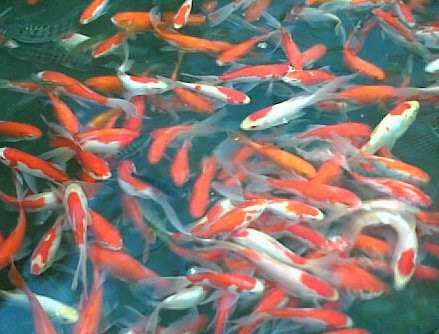utilization of freshwater fish consumption. 1. foodstuffs 2. The health food and pharmaceutical 3. industrial raw materials 4. ornamental fish 5. The science and technology 1. Food Ingredients. fish and aquatic biota (water) is generally a highly nutritious food and have exploited mankind since humans began hunting. Humans who live around rivers, lakes, and marine capture and picked up a variety of aquatic biota to eaten raw or cooked. Initially, the fish is only used as a side dish. For residents as its main food ingredients rich in carbohydrates such as rice, corn, bananas, cassava, sago, and the other, the only fish in the complement every meal. Even in certain communities, fish consumed only at certain times. While still a child, the author often hear the words "do not eat a lot of fish, worms later." The words spoken by the parents to their children because of their ignorance about the nutritional value of fish. Therefore, the level of fish consumption of Indonesia...

